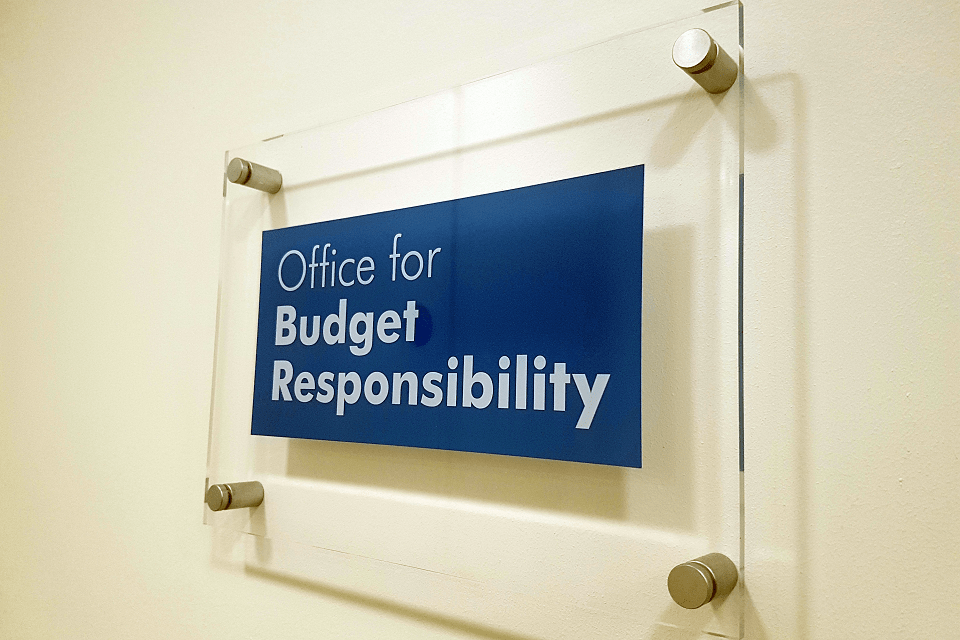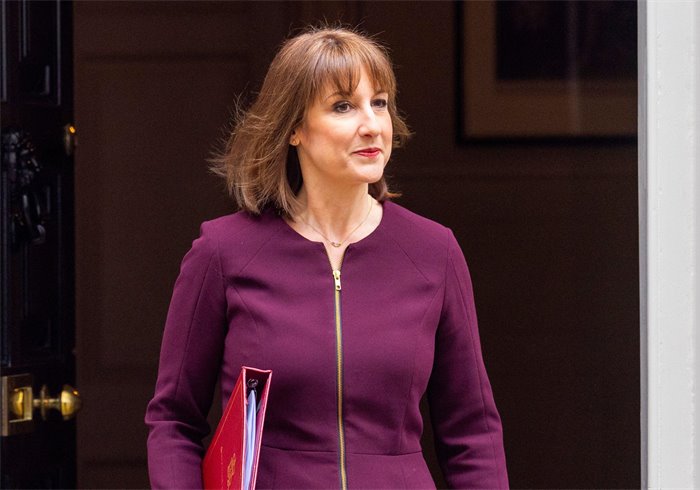The UK government borrowed less than anticipated in July, giving Chancellor Rachel Reeves some breathing space as she prepares for her first autumn budget.
Official figures from the Office for National Statistics (ONS) revealed that public sector net borrowing – the gap between spending and income – dropped to £1.1bn. This marks a decline of £2.3bn compared with the same month last year and fell well below both the City’s predictions of £2.6bn and the Office for Budget Responsibility’s (OBR) forecast of £2.1bn.
Borrowing over the first four months of the financial year stood at £60bn, which matched the OBR’s forecasts. However, this was still £6.7bn higher than during the same period last year and represents the third-highest April-to-July borrowing figure since records began.
The OBR said the current budget deficit, the measure used by the chancellor to assess her fiscal rule, reached £42.8bn across the same four-month stretch, exceeding its forecast by £5.7bn.
Economists warned that while July’s stronger result eases immediate concerns, Reeves still faces an uphill task when she delivers her budget in the autumn. With expectations that the OBR will downgrade its growth forecasts, combined with Labour’s policy reversals on welfare earlier in the summer, borrowing pressures are set to intensify.

Economists Warn Of Tough Budget Ahead
Alex Kerr, UK economist at Capital Economics, argued that Reeves may need to raise significant revenue to meet her fiscal targets. He noted that the chancellor could be required to find between £17bn and £27bn to maintain a £9.9bn buffer under her rules. “Ultimately, today’s release does little to brighten the gloomy outlook ahead of the budget later this year,” Kerr said.
Ministers are weighing measures to increase revenue from inheritance and property taxes. Earlier this month, the National Institute of Economic and Social Research cautioned that the gap in public finances could surpass £40bn.
Martin Beck, chief economist at WPI Strategy, said the numbers provide Reeves with some relief but do not eliminate the risks. “Talk of a huge ‘black hole’ in the public finances is looking overstated, but the outlook is still uncomfortably tight,” he remarked.
In a sign of resilience within the economy, separate data showed that private sector business activity reached its strongest point in a year. Figures from the S&P Global purchasing managers’ index (PMI) indicated that services activity helped push growth higher over the summer. The PMI rose from 51.5 in July to 53 in August, marking its best level since last summer.
Chris Williamson, chief business economist at S&P Global Market Intelligence, said confidence among companies remained fragile. “Companies report concerns over the impact of recent government policy changes, as well as unease emanating from broader geopolitical uncertainty. Goods exports are still falling especially sharply,” he explained.
According to the ONS, the stronger borrowing outcome was supported by “strong increases” in tax receipts, reflecting Reeves’s decision to raise employer national insurance contributions (NICs) in April. For the year to date, compulsory social contributions were £9.5bn higher than the same period last year, with NICs alone surging 24% in July.
Despite higher revenues, government spending also rose. Wage increases for public sector staff and inflation-linked benefit payments drove costs up, while debt servicing expenses climbed as rising inflation pushed interest payments higher. Public sector net debt was estimated at 96.1% of GDP, among the highest levels since the 1960s.
Economists warned that inflation, which rose to 3.8% in July, could further complicate the fiscal picture as food prices and tax-related costs filtered through to households.
READ ALSO: Diana Hamilton Urges Honor for Helicopter Crash Victims



















